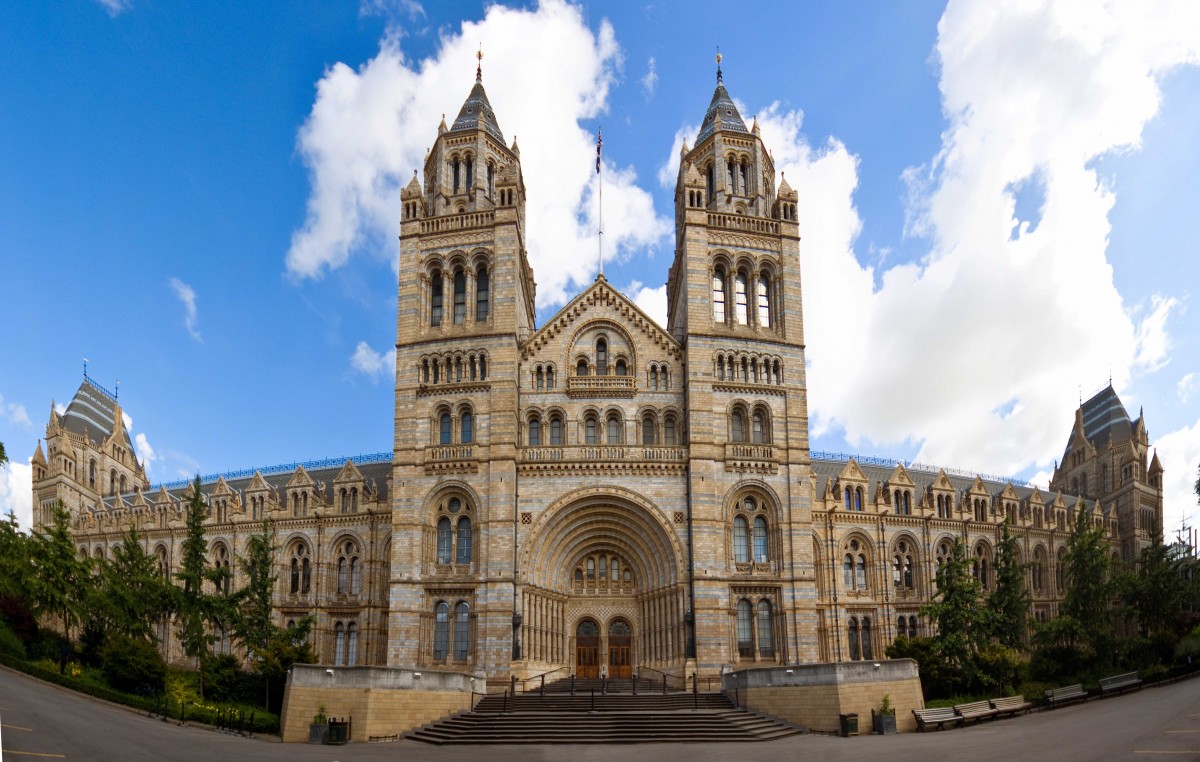David Muirhead is quite an iNaturalist enthusiast. He either takes wildlife photos for posting to iNaturalist on most days, or failing that, he still posts old photos to iNaturalist.
During David’s recent visit to England, a visit to the Museum of Natural History in London was high on his list of priorities.
Following his visit to the Museum of Natural History, he sent me these few shots of a display there: –
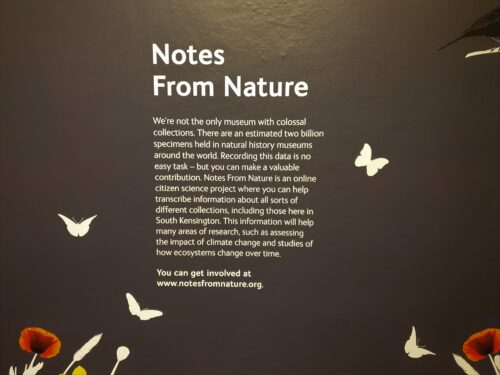
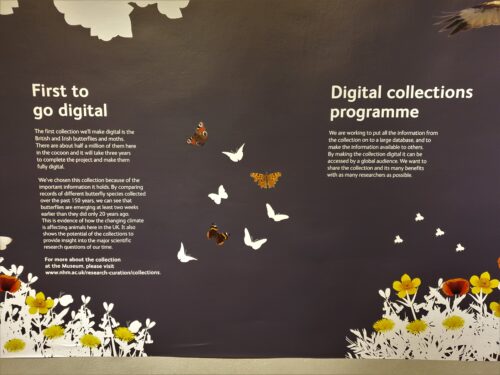
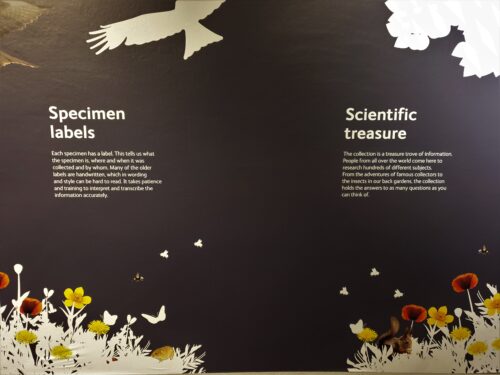

He considered that there were some similarities between the display & iNaturalist. No further information, or any more photos, have yet come through from David. I did, however, manage to find this photo of David outside the museum: –

I see that the display refers to Notes from Nature
The webpage for Notes from Nature states: –
The Notes from Nature Project
Community scientists, why does your work on Notes from Nature matter for both science and museums globally?
Natural history museums across the world share a common goal – to conserve and make available knowledge about natural and cultural heritage. The Notes from Nature project gives you the opportunity to make a scientifically important contribution towards that goal. Every transcription that is completed brings us closer to filling gaps in our knowledge of global biodiversity and natural heritage.
| The challenge of making natural history data available for the broadest use is enormous. Today, there are ~10 billion specimens housed in natural history museums around the world! These biological collections document where species and populations exist now and where they existed decades and centuries before, so they hold irreplaceable information necessary for uncovering the patterns of changes in species distributions and ecosystem composition over time. Scientists and other stake holders use such data and information in order to address key environmental issues we are facing right now, such as how biodiversity loss can impact human well-being, prosperity and health. | 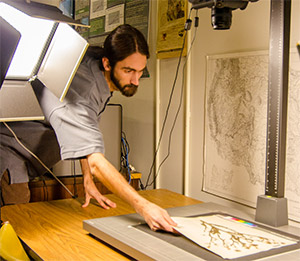 |
While we want to eventually digitize all this information, the best way to do it is focused on scientific value and outcomes, and we have therefore organized this effort into “expeditions” that you can join, and in the process meet and help museum staff and biodiversity scientists working on different parts of this bigger puzzle. Learn more about the NFN team, and the scientists and curators providing expeditions here.
(Header photo source: naturalhistorymuseum-london.jpg (1200×762) (parks-recreations.com) )

